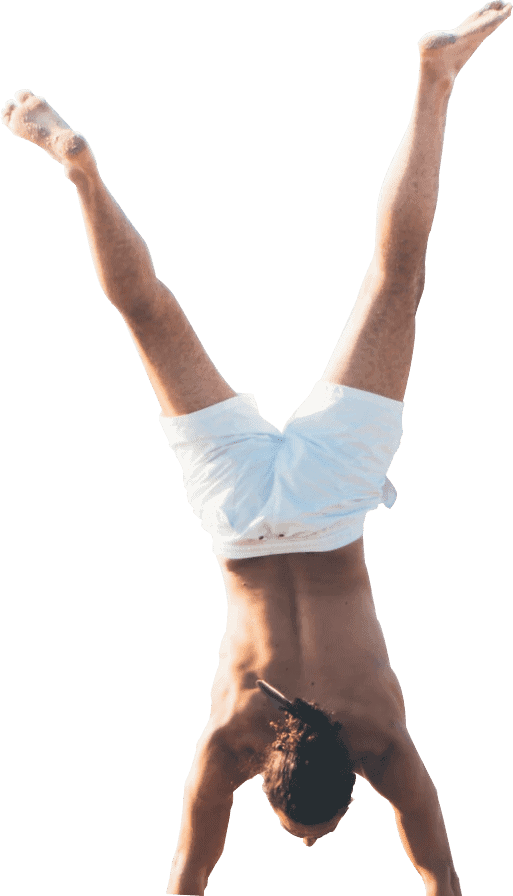By Catherine Etty-Leal
Physiotherapist at Life Ready Physio + Pilates Camberwell.
Plagiocephaly is a mis-shapen head, most commonly seen in infants, but can remain into adulthood. Historically, plagiocephaly was thought to cause problems with brain development, however more recent research shows no associations between plagiocephaly and hindered brain development or function. Although this is the case, there are other developmental implications of having plagiocephaly, such as trouble feeding, delayed motor milestone achievement, and cosmetic changes later in life.
Often it is the parent who first notices their baby’s head is not quite right. Sometimes the maternal-child health nurse or other healthcare professional will be the first to pick this up. Variations in head shape have been increasing steadily in recent years. This article will discuss the causes and treatments possible for plagiocephaly and other mis-shapen head conditions.
Positional Plagiocephaly
Newborns have incredibly mobile skulls. This is because the bones in the skull that are fused in adults are not fused in babies. As the baby exits the birth canal, the skull bones shift to allow for the baby’s head to fit through the canal. These bones start to fuse at around 4 months of age and completely fuse by 18 months. Due to this, there is potential for the skull to move and change shape in the early months of life. Positioning on the back, or only on one side of the head for prolonged periods can lead to a mis-shapen head.
Torticollis is a shortening of one side of the neck muscles. This means that your baby will prefer to turn his/her head to one side, which can increase the risk of plagiocephaly. Other factors like positioning in the womb, being male and being born prematurely are other risk factors to a craniofacial problem, or mis-shapen head. Some babies may have trouble latching or feeding one one side, which can also lead to plagiocephaly.
The following are different types of craniofacial problems seen in babies:
- Plagiocephaly is a term used to describe an asymmetrical head shape, characterised by an asymmetrical flattening caused by repeated external pressure.
- Brachycephaly refers to a condition where the head is disproportionately wide compared to its depth.
- Scaphocephaly describes a disproportionately long and narrow shaped head.
- Craniosynostosis may present with an asymmetrical head shape, however this is caused by premature fusion of one or more of the skull sutures.
What do I do if I am concerned?
If you have concerns that your baby’s head is not the shape it should be, seek an assessment with a paediatric physiotherapist as soon as you can. Up until 4 months of age, the potential for your baby’s head shape to change is the greatest. Although this means there is the highest risk of developing plagiocephaly, this is also the best window to treat it. The physiotherapist will assess your baby’s motor development, as well as their head shape, and be able to give you an indication of the severity of the condition, as well as a thorough plan for treatment.
Treatment Options
As stated, early intervention gives the best possibility of a full recovery. In most cases, treatment involves deliberate positioning of your baby, other carrying and feeding postures, some stretching and strengthening of your baby’s neck muscles, and tummy time. A physiotherapist will tailor your baby’s programme to give them the best and fastest recovery. Every baby is different, so it is important that the strategies put in place are specific to what your baby needs.
In some cases, where the baby is older than 4 months, or where the head shape is significantly mish-shaped, a helmet may be recommended. This will be fitted by a paediatric orthotist that your physiotherapist can refer you to. Most of the time when treatment is sought early, helmets are not required, or only needed for a short period of time.
Catherine Etty-Leal treats children of all ages and has experience in assessing and treating plagiocephaly. She works at Life Ready Camberwell and would love to meet you and your little one to assist with giving them the best possible care to make them life ready!
